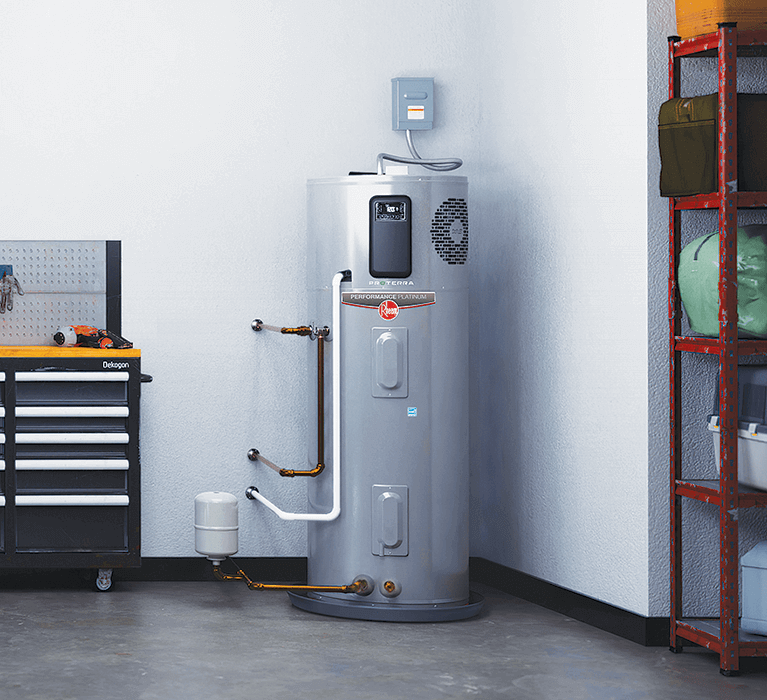How to Keep Your Home's Hot Water System Functioning Well
How to Keep Your Home's Hot Water System Functioning Well
Blog Article
We've stumbled upon this great article pertaining to Tips on Maintaining a Water Heater directly below on the web and think it made good sense to quickly share it with you on this site.

Warm water is important for everyday convenience, whether it's for a refreshing shower or cleaning meals. To guarantee your warm water system runs effectively and lasts longer, routine maintenance is vital. This short article gives sensible suggestions and understandings on how to preserve your home's warm water system to prevent interruptions and pricey repair work.
Intro
Keeping your home's hot water system might seem overwhelming, but with a couple of basic actions, you can ensure it operates smoothly for years to come. This overview covers everything from understanding your hot water system to DIY maintenance suggestions and understanding when to employ specialist aid.
Relevance of Keeping Your Hot Water System
Routine upkeep not just extends the lifespan of your hot water system yet likewise ensures it operates successfully. Disregarding upkeep can result in decreased performance, greater energy bills, and also premature failing of the system.
Signs Your Warm Water System Demands Upkeep
Knowing when your hot water system requires interest can stop major issues. Look out for indicators such as inconsistent water temperature, unusual sounds from the heating system, or corroded water.
Understanding Your Hot Water System
Before diving into upkeep jobs, it's helpful to comprehend the fundamental components of your warm water system. Commonly, this includes the hot water heater itself, pipes, anode rods, and temperature level controls.
Regular Monthly Upkeep Tasks
Regular regular monthly checks can help capture small issues before they escalate.
Flushing the Water Heater
Purging your hot water heater removes debris build-up, improving efficiency and prolonging its life.
Monitoring and Replacing Anode Rods
Anode poles avoid corrosion inside the storage tank. Checking and changing them when worn out is important.
Inspecting and Adjusting Temperature Settings
Adjusting the temperature setups makes sure optimal efficiency and safety.
Do It Yourself Tips for Maintenance
You can perform a number of upkeep tasks yourself to maintain your hot water system in leading condition.
Checking for Leakages
Consistently evaluate pipelines and connections for leaks, as these can lead to water damage and greater expenses.
Evaluating Pressure Relief Valves
Checking the stress safety valve ensures it functions properly and protects against too much stress build-up.
Insulating Pipes
Insulating hot water pipes reduces heat loss and can save energy.
When to Call a Professional
While do it yourself upkeep is beneficial, some concerns call for expert experience.
Facility Problems Calling For Expert Help
Instances include significant leakages, electric problems, or if your water heater is consistently underperforming.
Routine Expert Upkeep Perks
Specialist maintenance can consist of thorough evaluations, tune-ups, and making sure conformity with safety and security criteria.
Conclusion
Normal upkeep of your home's warm water system is vital for effectiveness, longevity, and price financial savings. By following these suggestions and recognizing when to look for professional assistance, you can make sure a dependable supply of hot water without unforeseen interruptions.
How to Maintain an Instant Hot Water Heater
Before tinkering with your hot water heater, make sure that it’s not powered on. You also have to turn off the main circuit breaker and shut off the main gas line to prevent accidents. Also turn off the water valves connected to your unit to prevent water from flowing into and out of the appliance. 2. When you’re done, you have to detach the purge valves’ caps. These look like the letter “T†and are situated on either side of the water valves. Doing so will release any pressure that has accumulated inside the valves while at the same time avoid hot water from shooting out and burning your skin. 3. When the purge valves’ caps are removed, you have to connect your hosing lines to the valves. Your unit should have come with three hoses but if it didn’t, you can purchase these things from any hardware or home repair shops. You can also get them from retail stores that sell water heating systems. Read the user’s manual and follow it to complete this task properly. When the hosing lines are connected, open the purge port’s valves. 4. You should never use harsh chemical cleaners or solutions when cleaning your unit. Make use of white vinegar instead. It should be undiluted and you’ll probably use about 2 gallons. 5. Now flush your water heater. This task should probably take about 40 minutes. We can’t give you specific directions for this because the procedure is carried out depending on the type, model and brand of your heater. With that being said, refer to the user’s manual. 6. When you’re done draining the unit, you have to turn off the purge port valves again. Remove the hosing lines that you earlier installed on each of the water valves. Put the valve caps (purge port) back in their respective places and be very careful so as not to damage the rubber discs that are found inside these caps. 7. Now that everything’s back in place, check your user’s manual again to find out how to reactivate your water heating system. 8. Once it is working, turn one of your hot water faucets on just to let air pass through the heater’s water supply pipes. Leave the tap on until water flows smoothly out of it. https://www.orrplumbing.com/blog/2014/september/how-to-maintain-an-instant-hot-water-heater/

Do you really like reading up on How to Maintain Your Water Heater & Prolong its Life? Place a review down the page. We'd be pleased to listen to your opinion about this piece. In hopes to see you back again soon. Sharing is nice. Helping people is fun. I praise you for your time. Come back soon.
Estimating Report this page